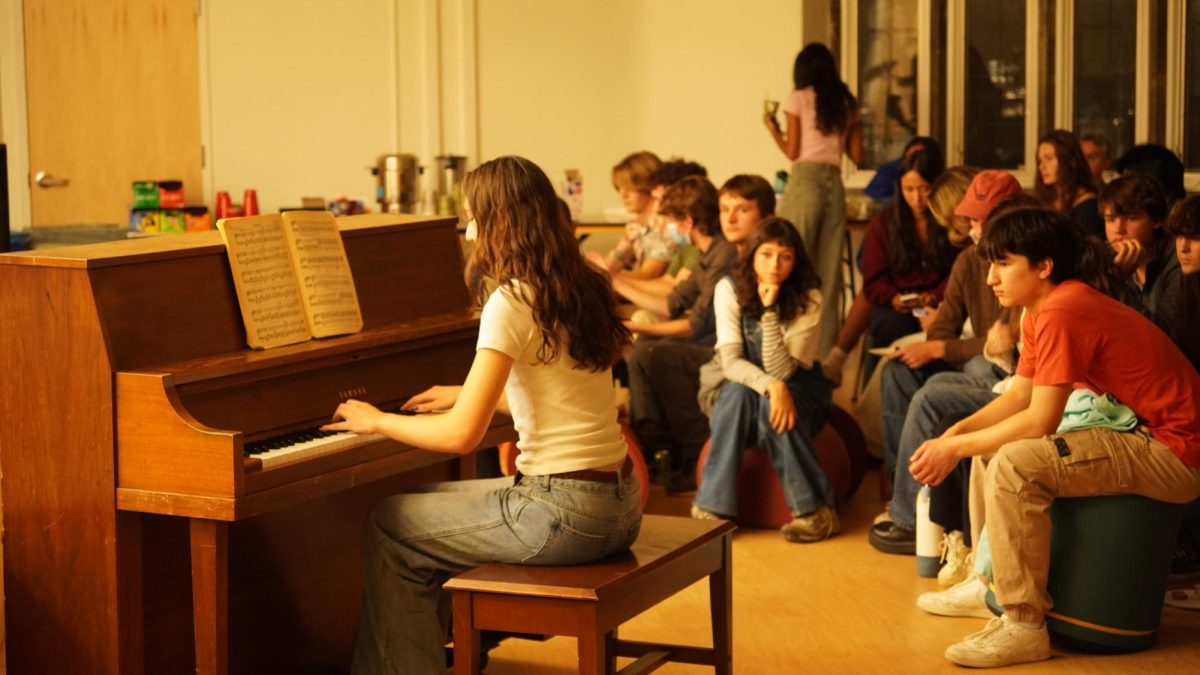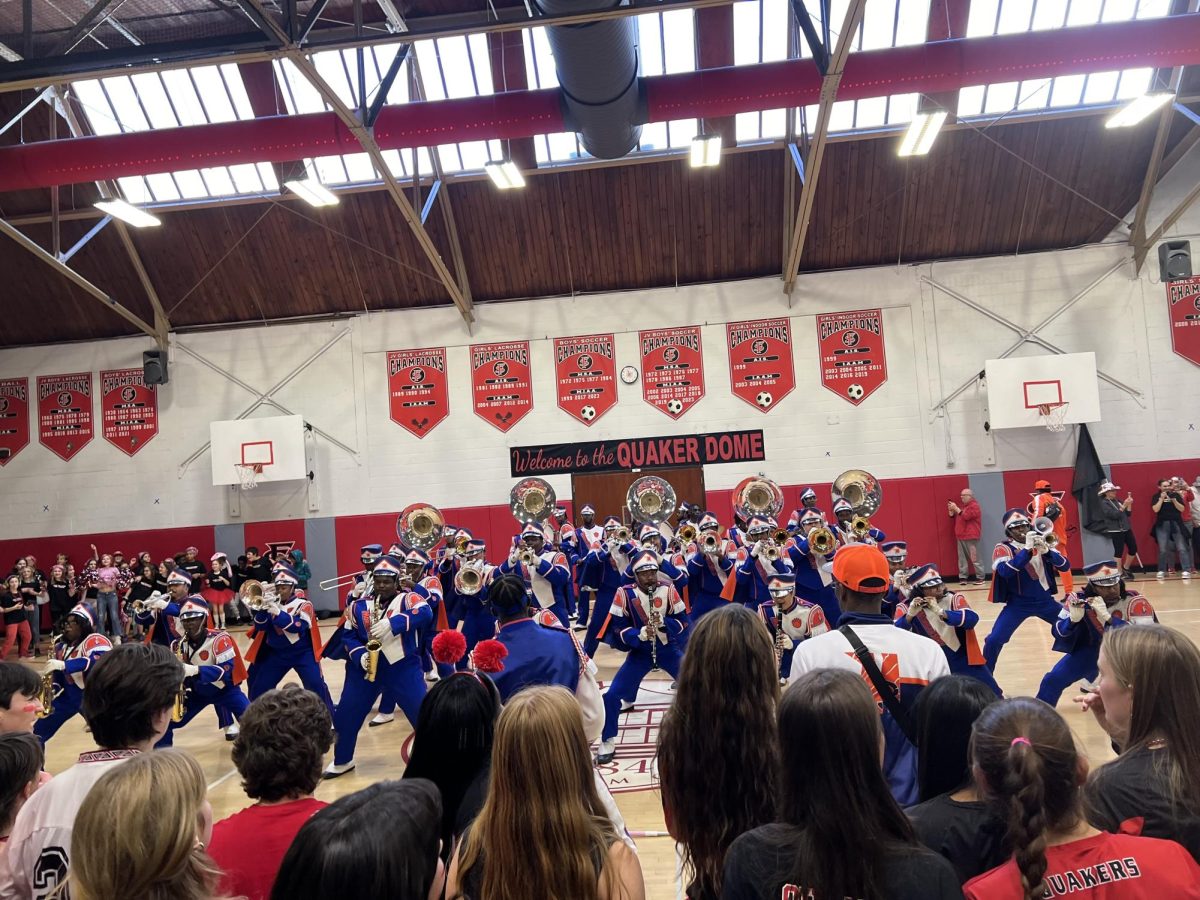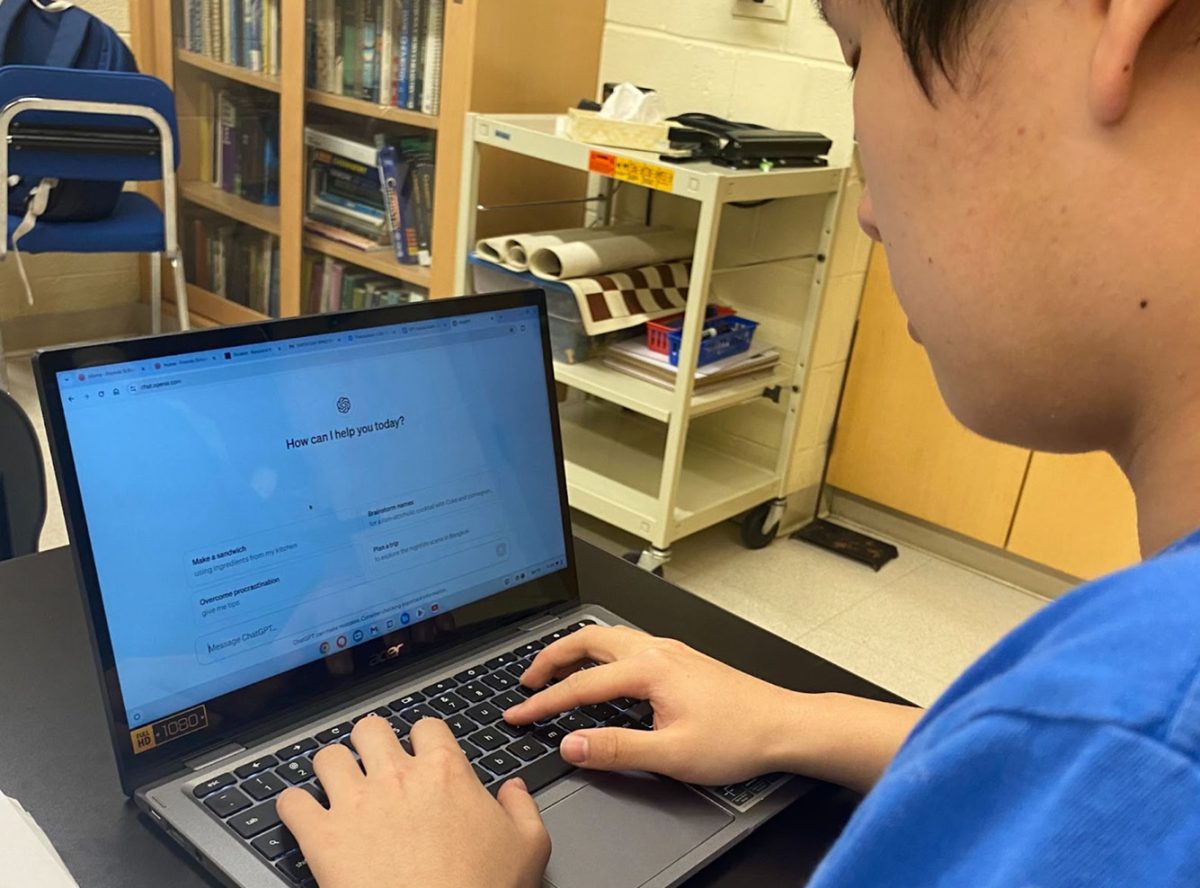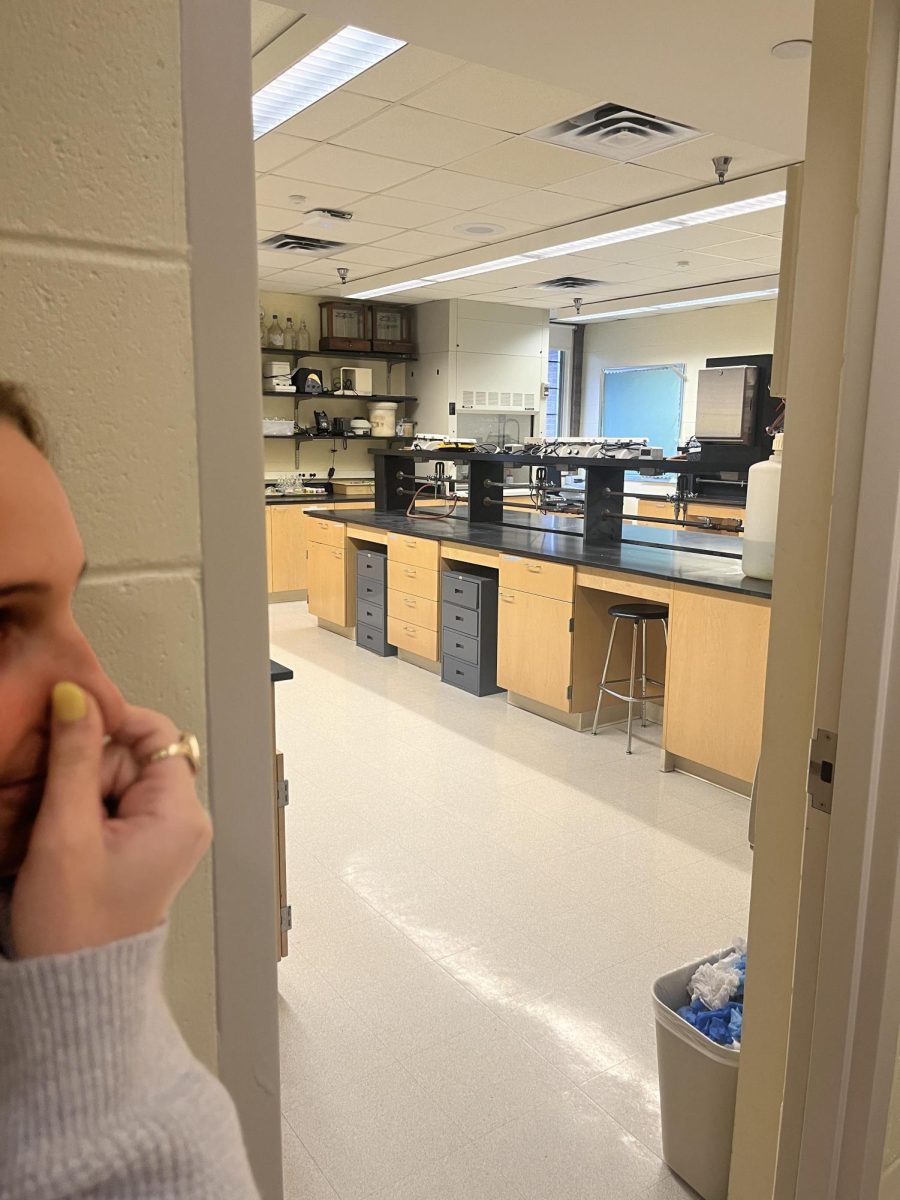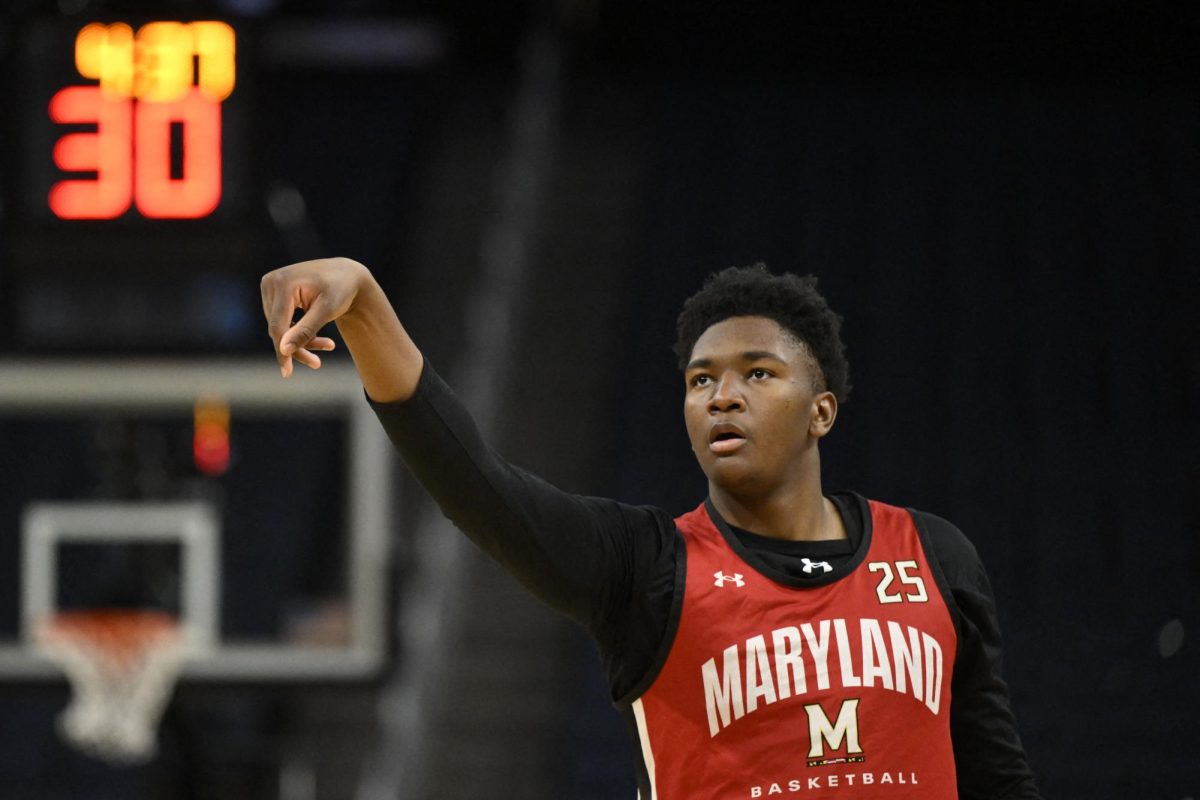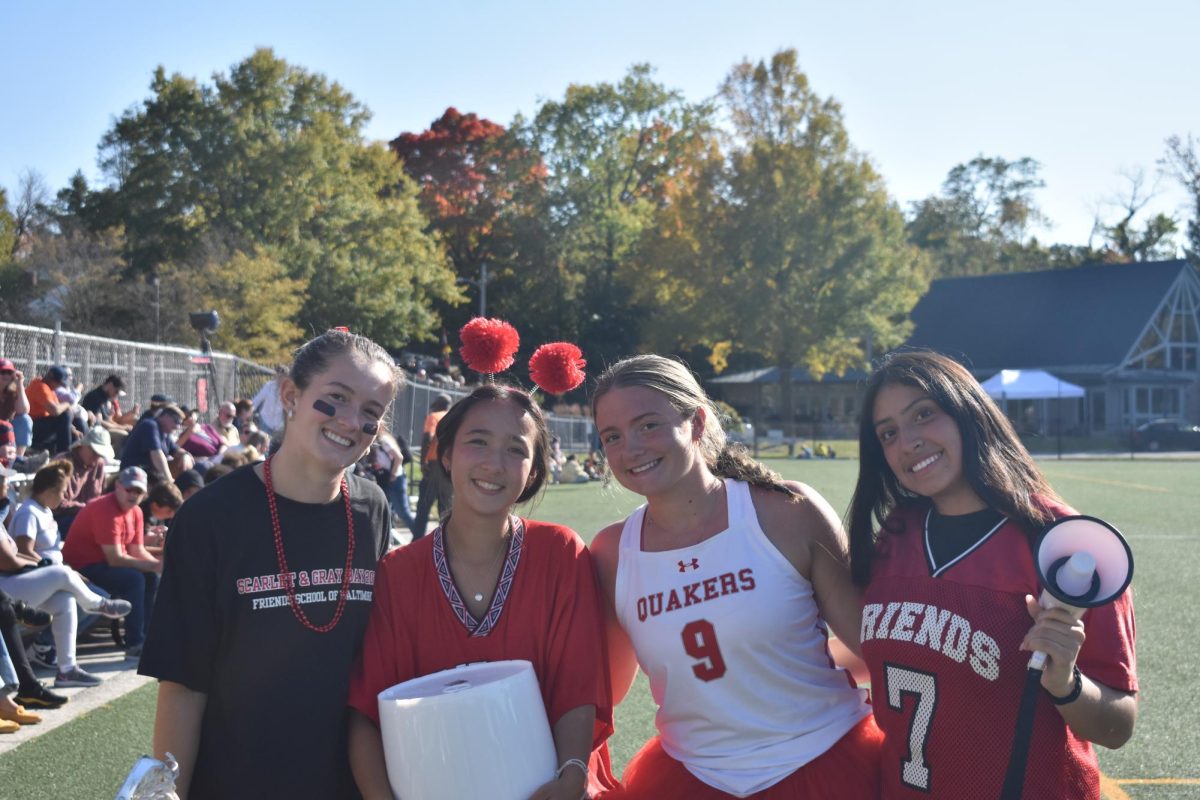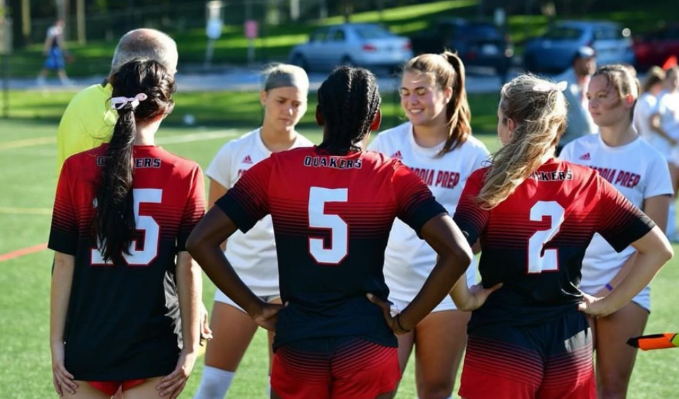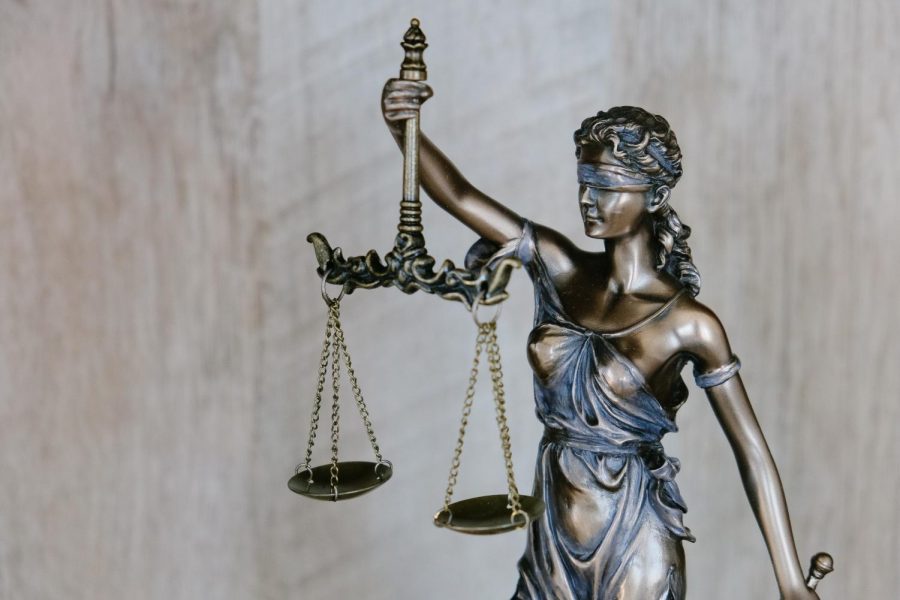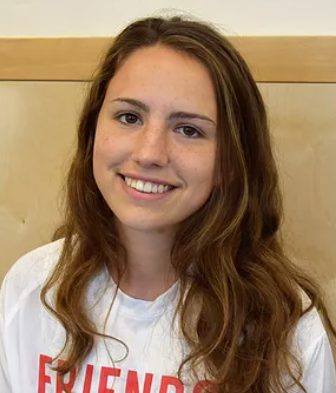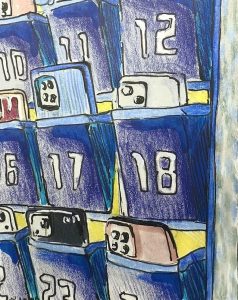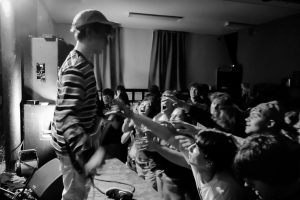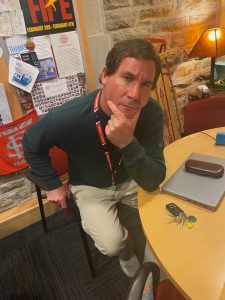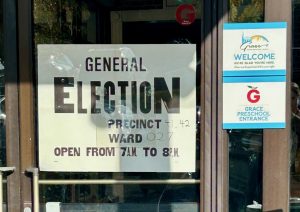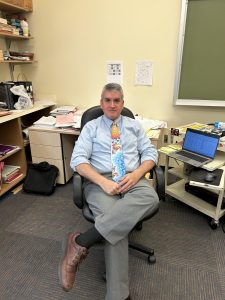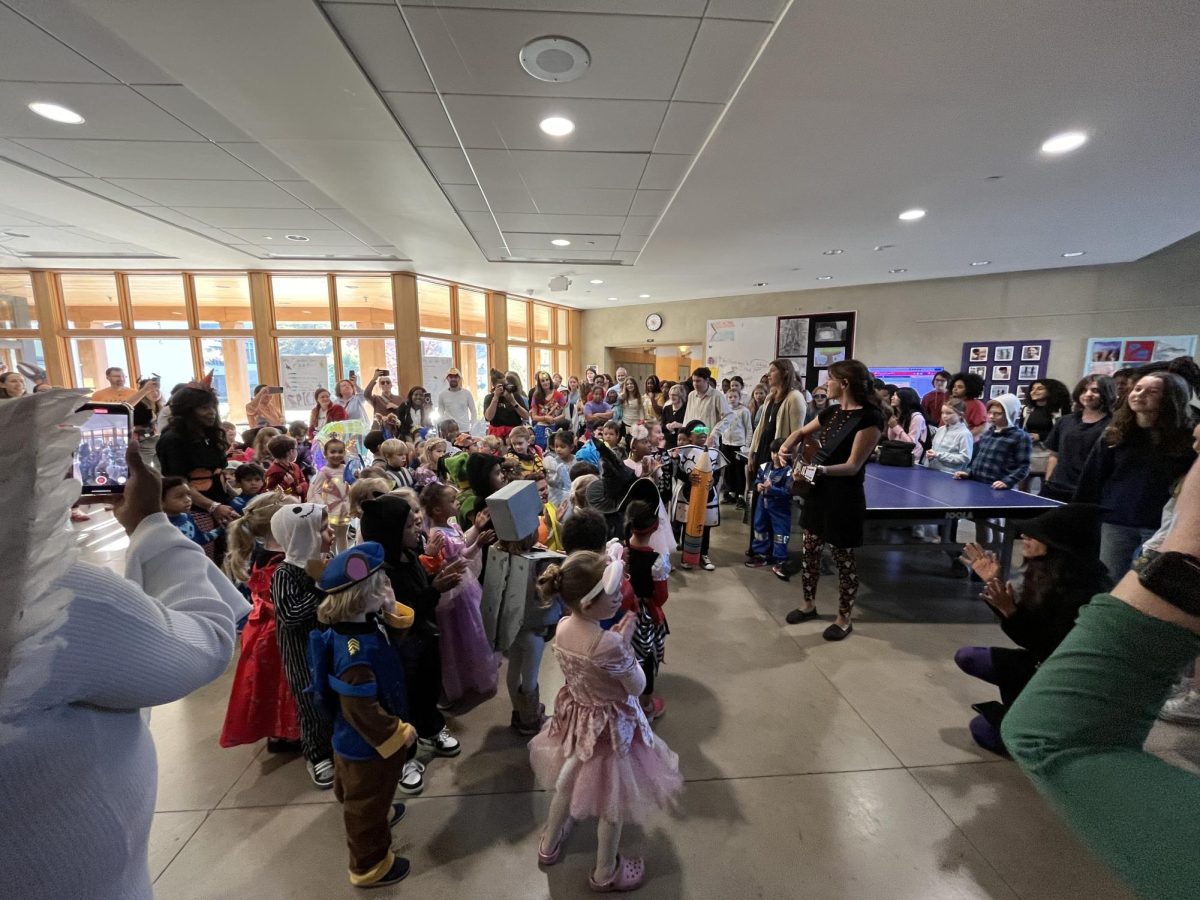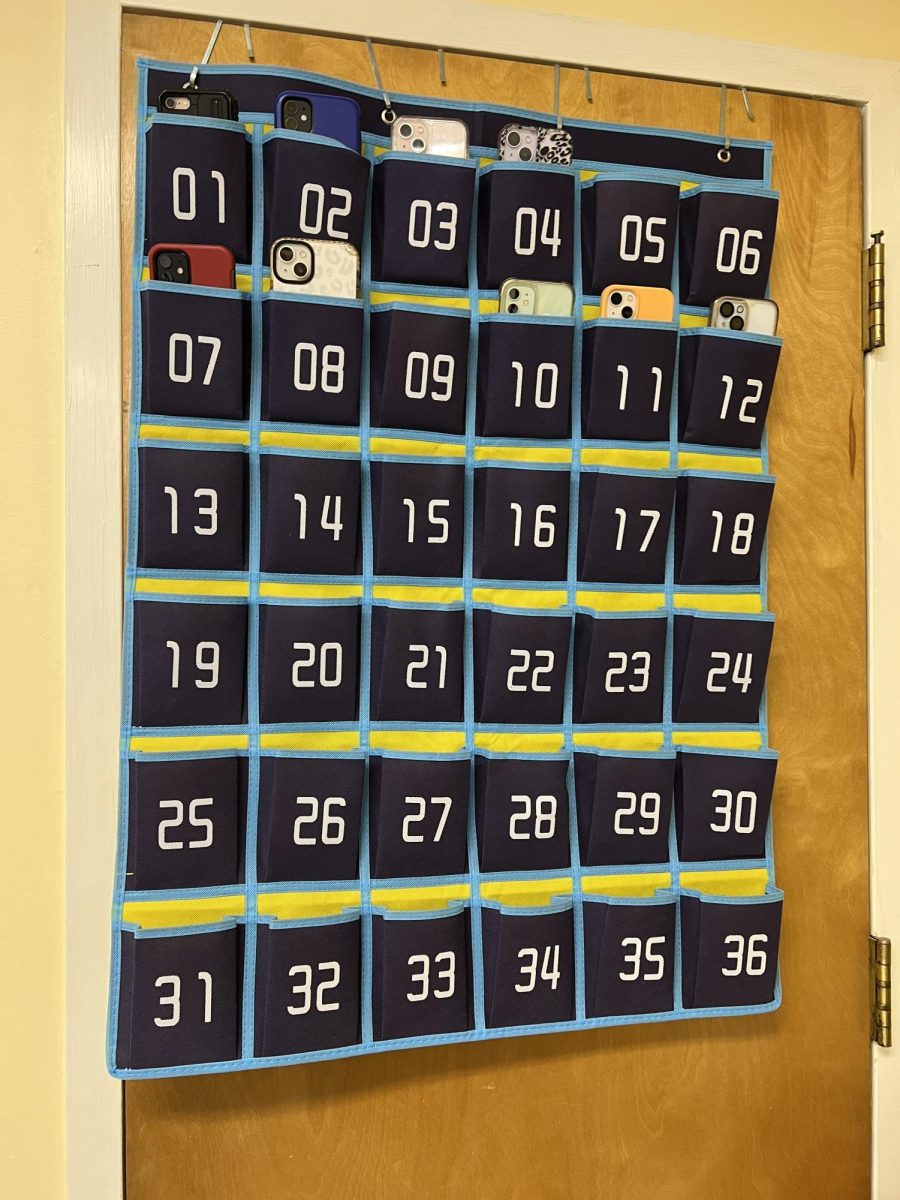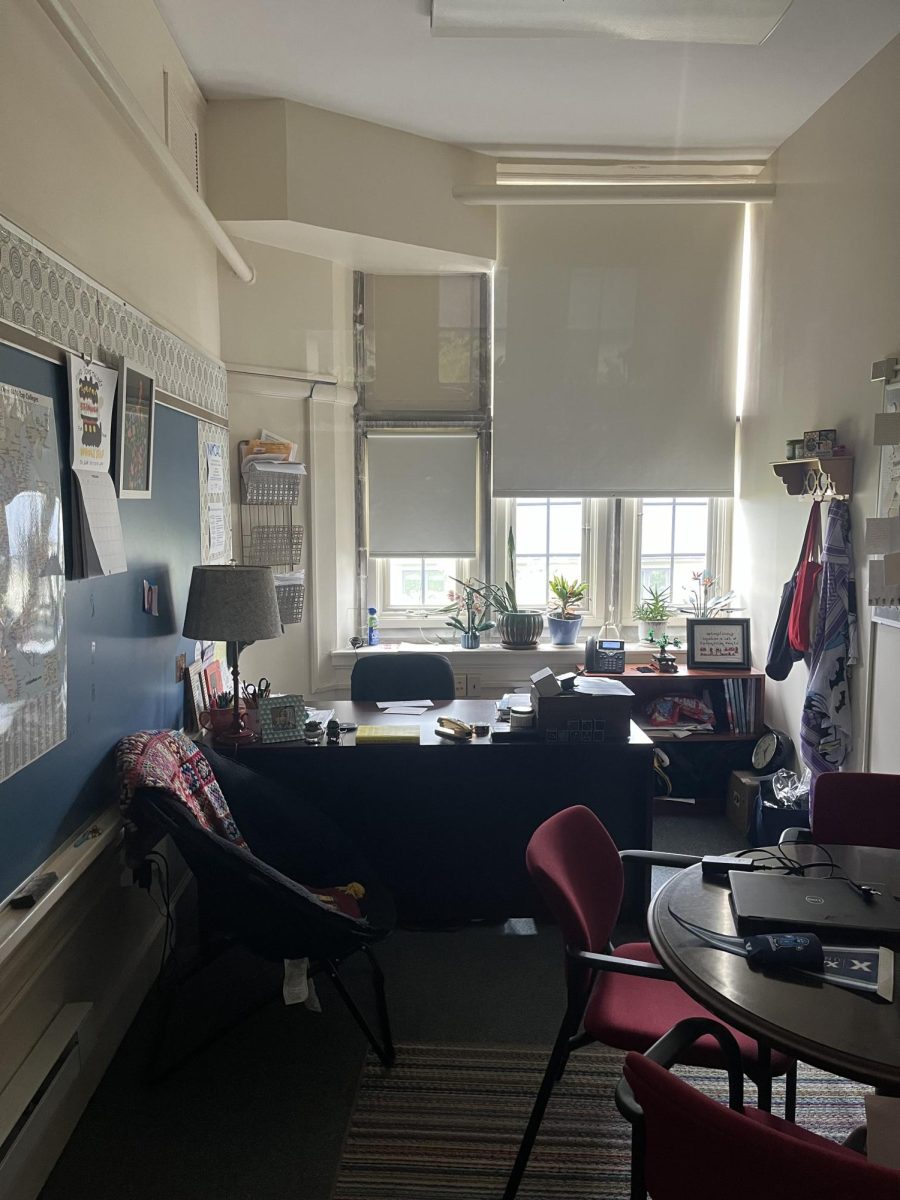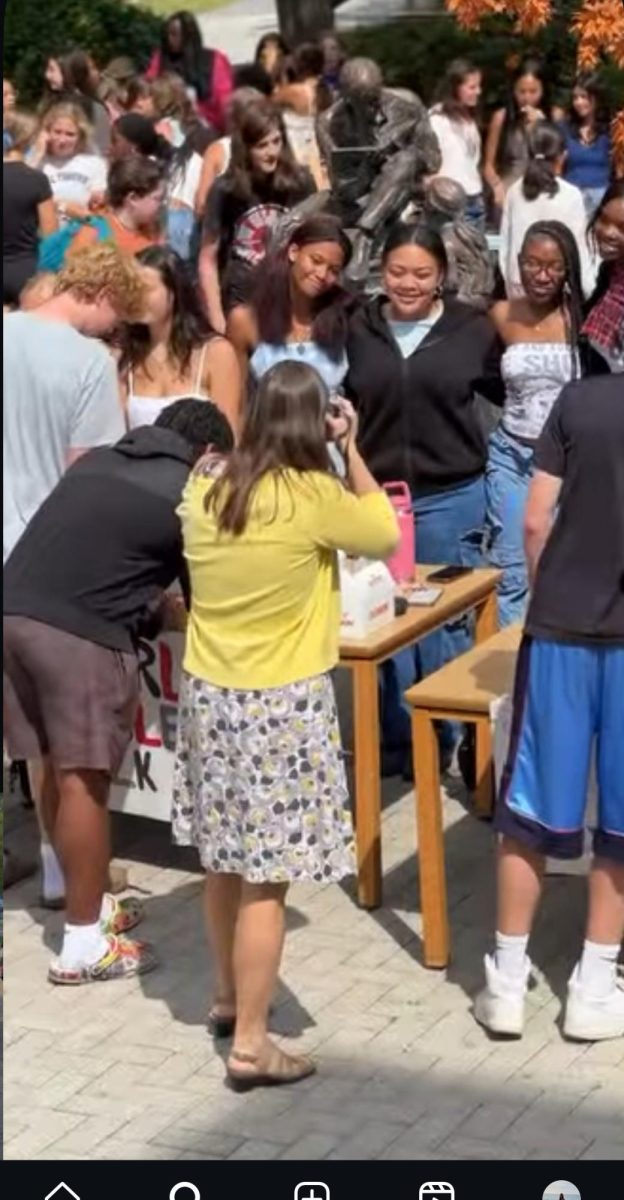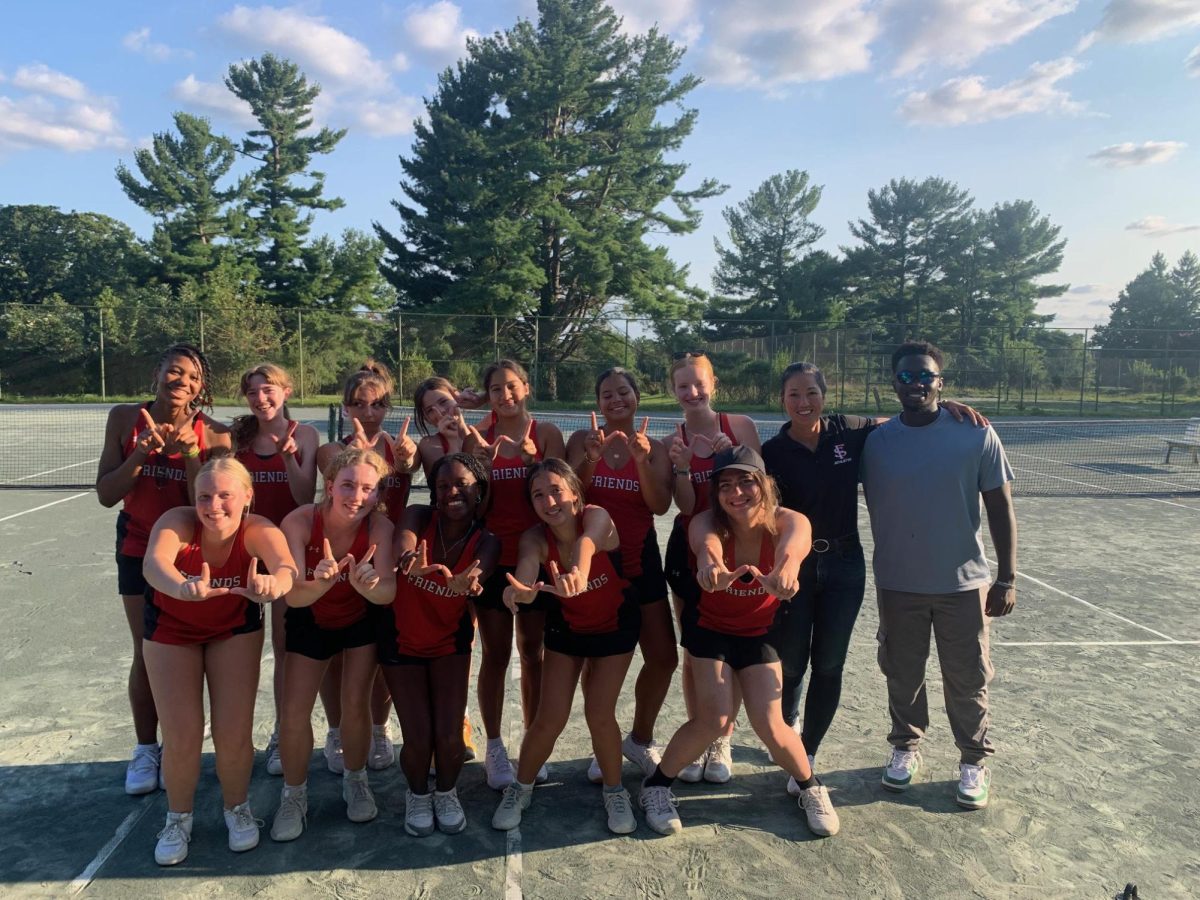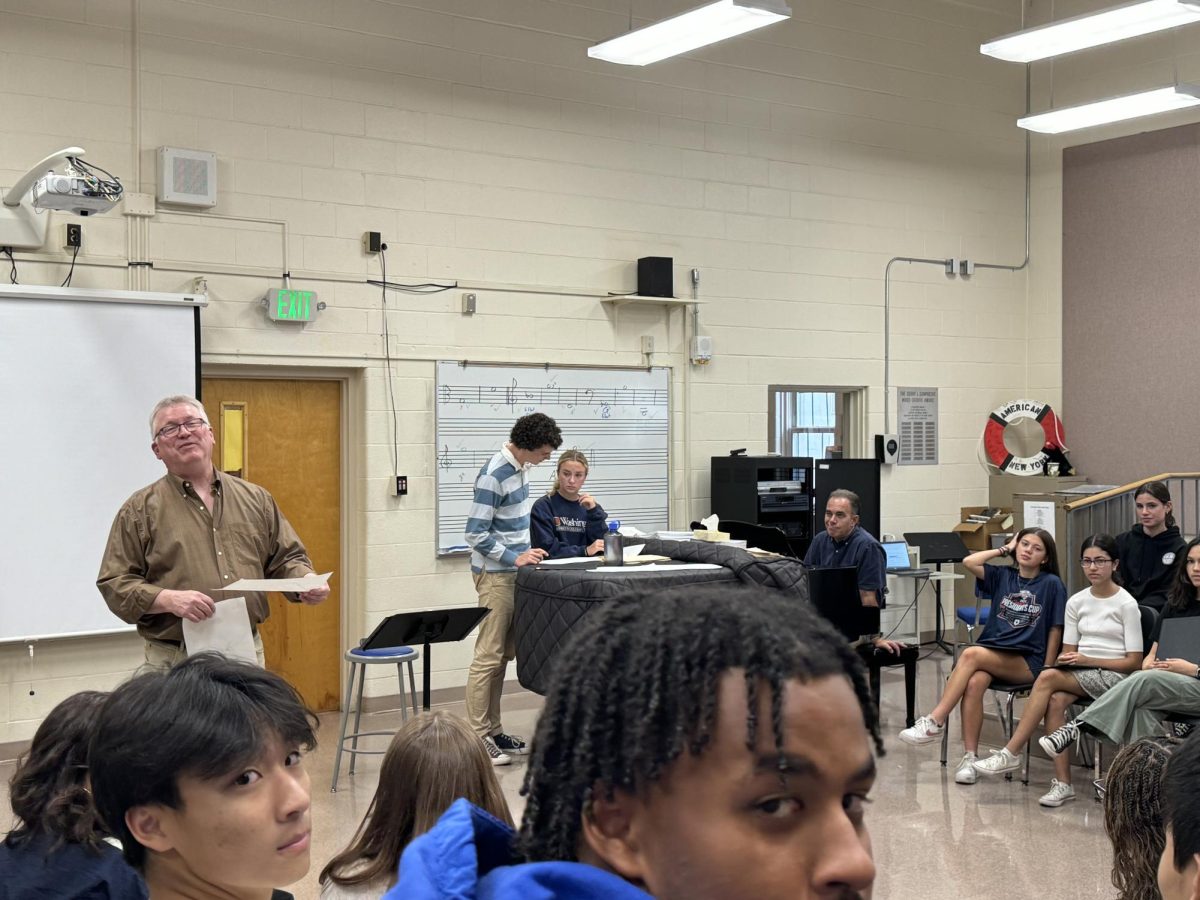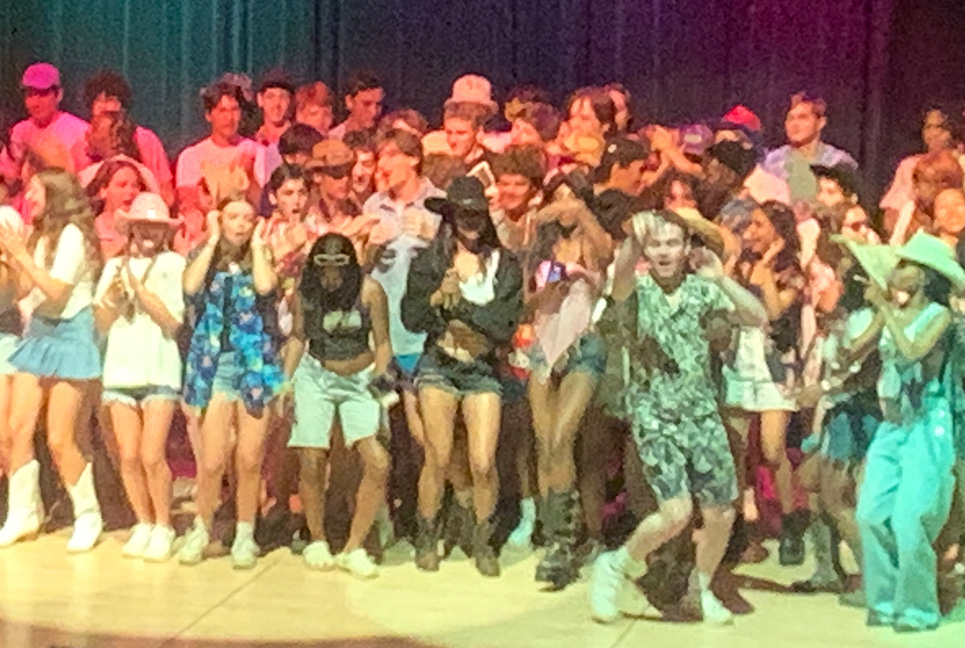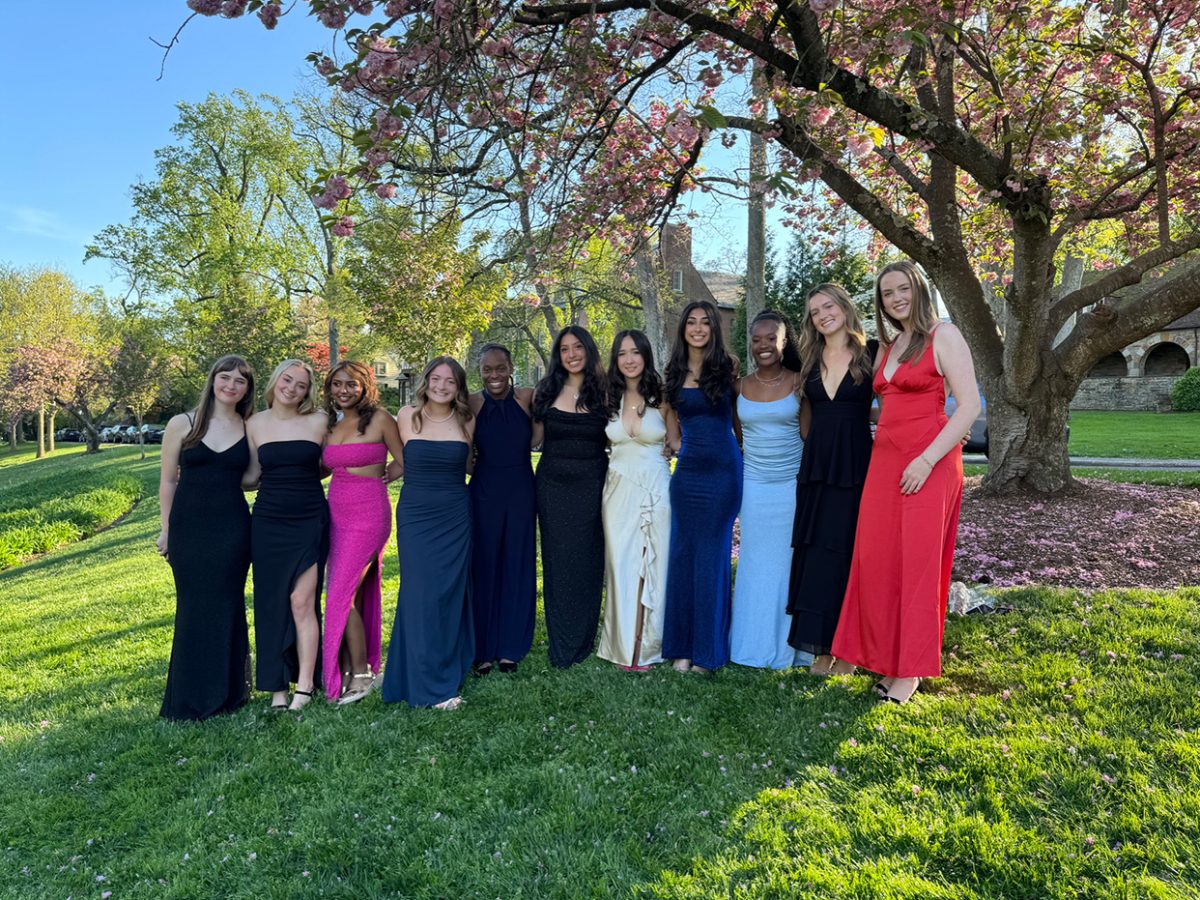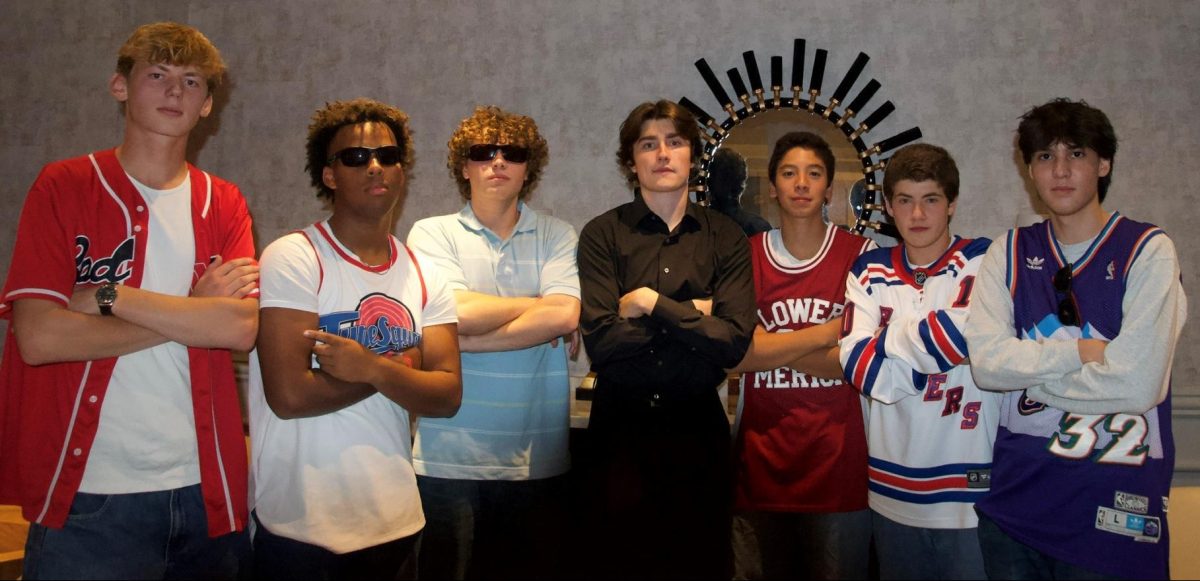Nobody enjoys going before the Student Faculty Disciplinary Committee (SFDC). But it’s worse for African American students than others.
“I walked in the room and I felt so intimidated and nervous. It was like having a court case and the whole jury was the opposite race,” says a Friends student of color who was brought before SFDC in 2018.
That student is not alone. Many other students I interviewed have had similar experiences with SFDC.
Ten of the 12 members of the SFDC board are white, but black students come before the committee at a disproportionate rate.
Of the 24 cases brought to SFDC in the past three years, around 30 percent, or seven cases, have involved black students. However, only an eighth of Upper School students, or about 49 students, identify as a part of the African Diaspora.
I have been on the committee for two years, and I believe in the process. But I also realize that the board is not representative of the student body.
SFDC comprises four Upper School teachers and two student representatives per grade. The student representatives are elected by their peers, and assist in making disciplinary decisions. Cases range from bullying to cheating to substance abuse.
The voting process has led to a predominantly white committee, and a lack of diverse perspectives.
“As we re-evaluate everything that the school does, it is a concern that over the years, in some years, the entire group has been of the same background,” says veteran history teacher Jon Garman, who was here when SFDC was created. “I don’t think that’s a healthy thing for a school. When you look at it, it doesn’t feel right.”
I spoke with a black alum who was brought before the Committee last year and also had an uncomfortable experience with SFDC.
“It felt like there were the eyes of a system on me that already decided in their minds that I was guilty or in the wrong just based on preconceived notions and norms ingrained into society,” he said. “It felt far from the idea that I was being judged by my peers.”
Mr. Garman says that, in years past, the Committee was stronger when there was a variety of perspectives.
“I remember a case a while ago, when a student of color on the Committee had said something and I wouldn’t have thought about it that way. It helped me out, and I’m pretty sure it helped the Committee out,” says Garman.
The lack of representation on the Committee is not going unnoticed. The Upper School faculty are actively discussing the future of SFDC.
“The faculty is meeting and talking about ways it can be more diverse,” says Dean of Student Life Bill Ball. “We are discussing the possibility of changing the way we select members, or the number of students on the Committee.”
One of the things that initially drew me to serve on SFDC was the opportunity to represent my peers throughout the disciplinary process. Garman says that’s an aspect of the Committee he’s proud of: that Friends’ disciplinary process is more progressive than most other high schools, because it includes students’ voices.
“This is one of the best things I have ever been associated with at Friends School. Students always offer a perspective that I never would have thought of as an adult,” he says. “I think it’s very impactful. To have students and faculty on equal footing is really important.”
The Friends School community prides itself on its inclusiveness of others, yet many students aren’t seeing faces that look like theirs when they need that the most. As a member of the Committee, I urge that the administration require SFDC to include more members of all backgrounds.



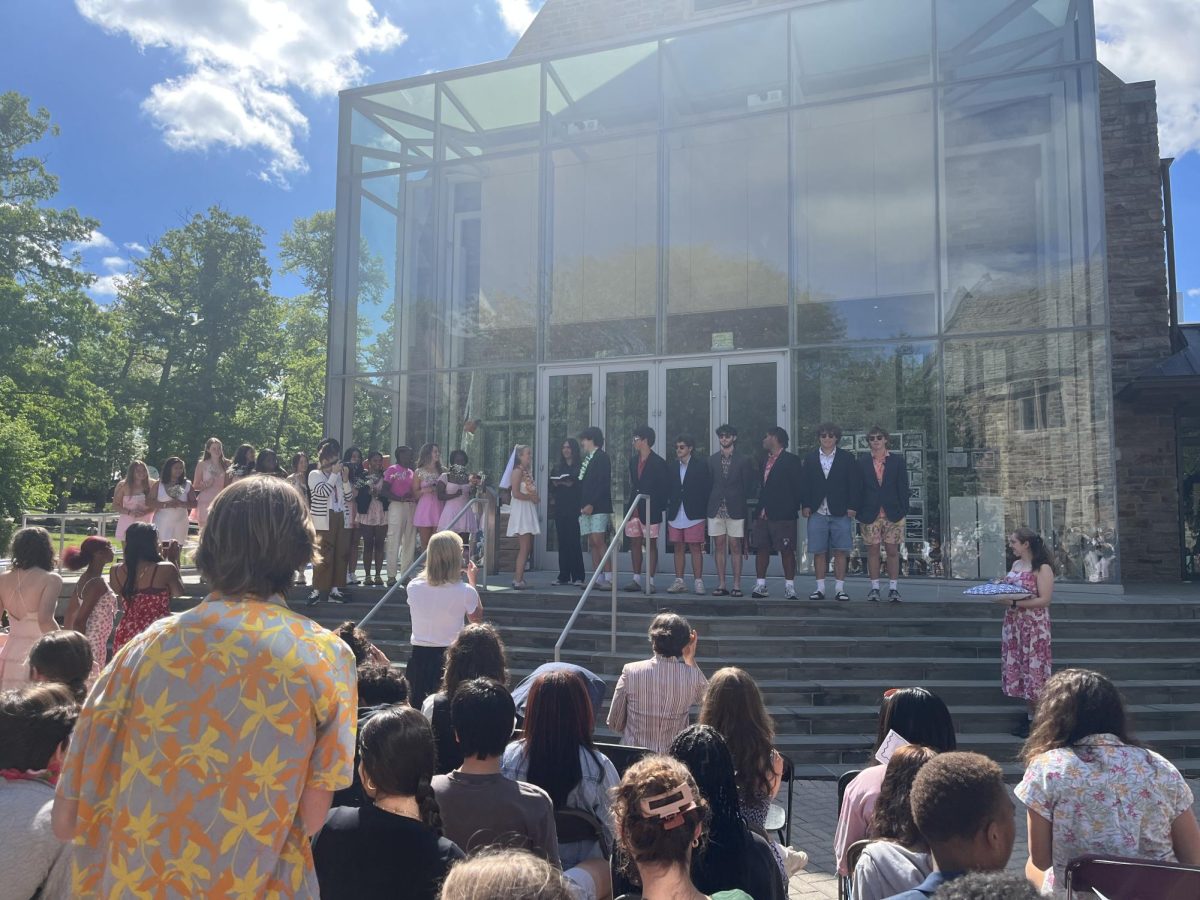
![A Phone Ban at Friends? [Podcast]](https://thequakerquill.org/wp-content/uploads/2025/05/magenta-VrRT19_ZjUY-unsplash-1200x900.jpg)
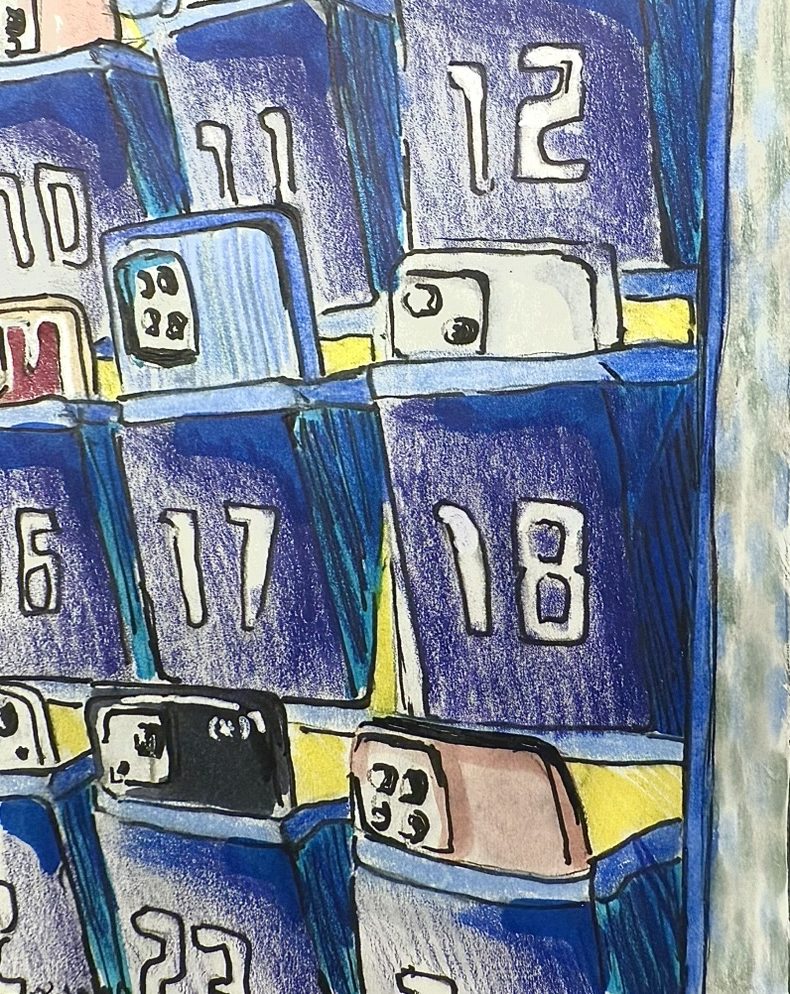



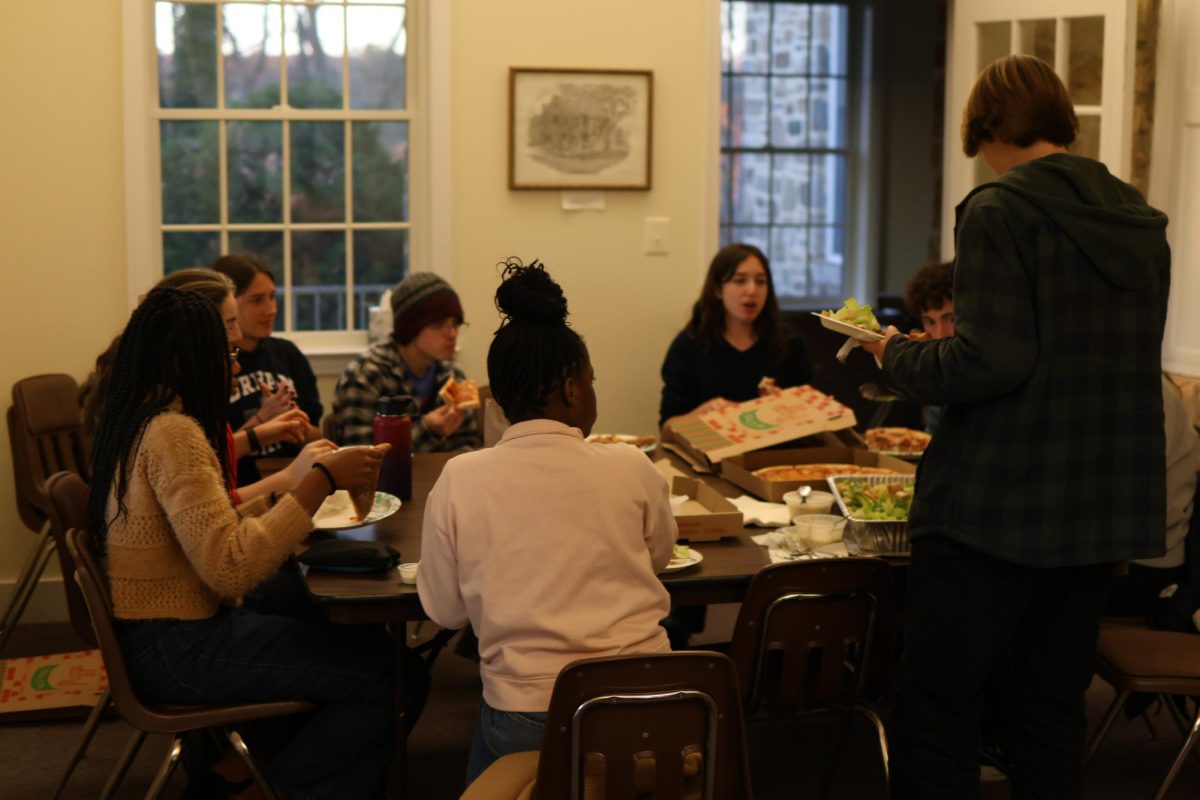
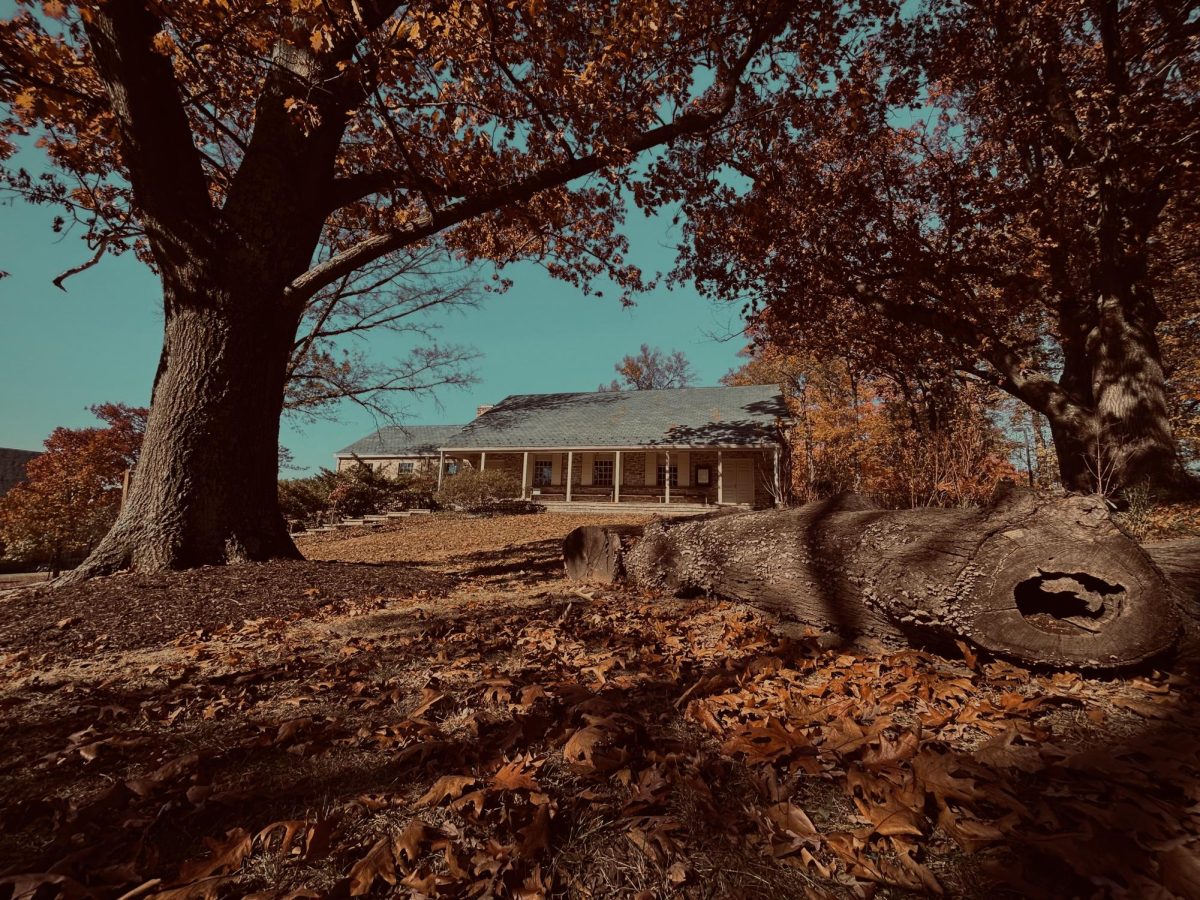
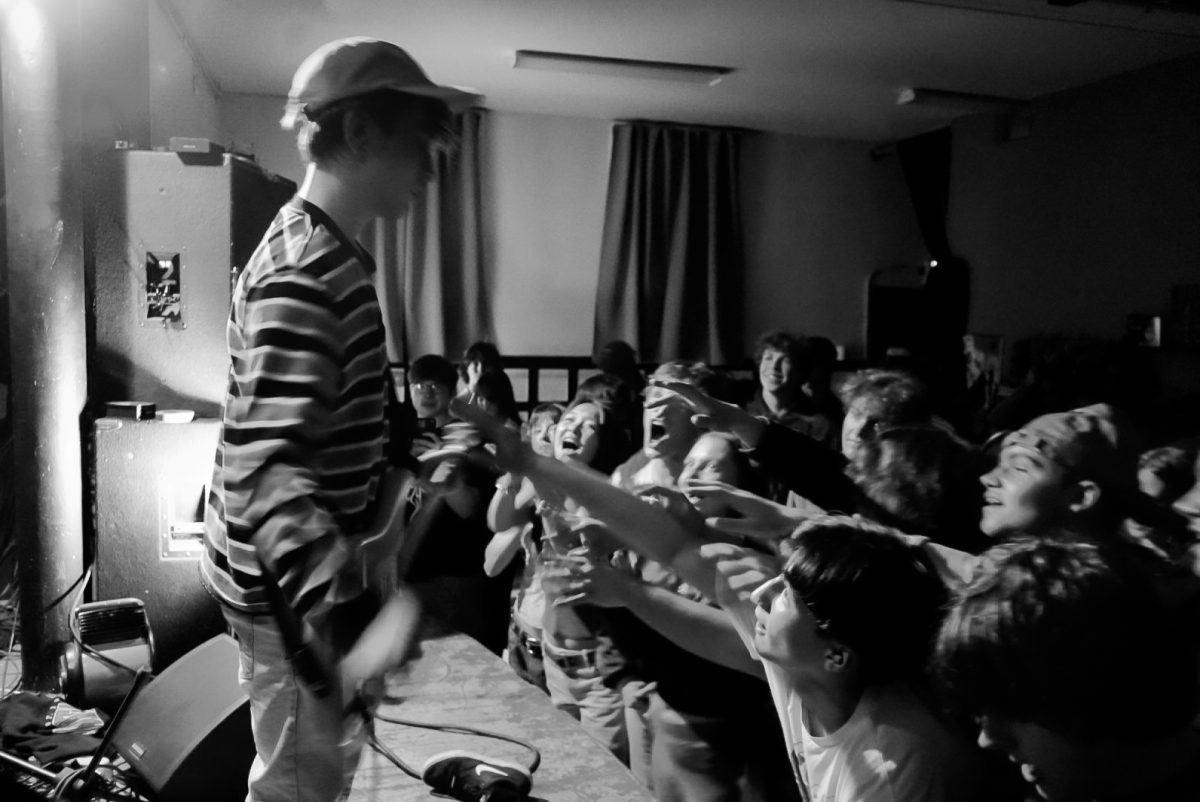

![How Freestyle Club Began [Podcast]](https://thequakerquill.org/wp-content/uploads/2025/05/charly-alvarez-Jv9untmB7G4-unsplash-1200x800.jpg)
